Technological Innovations
Technological advancements play a pivotal role in shaping the Marine Selective Catalytic Reduction System Market. Innovations in catalyst materials and system designs are enhancing the performance and efficiency of SCR systems. For instance, the development of high-performance catalysts that operate effectively at lower temperatures is gaining traction, thereby expanding the operational window for marine applications. Furthermore, integration with digital technologies, such as IoT and AI, is enabling real-time monitoring and optimization of SCR systems. This technological evolution is anticipated to bolster market growth, with projections indicating a potential increase in market size by 20% over the next decade. As these innovations continue to emerge, the Marine Selective Catalytic Reduction System Market is likely to attract significant attention from stakeholders seeking competitive advantages.
Sustainability Initiatives
The Marine Selective Catalytic Reduction System Market is increasingly influenced by the global push towards sustainability. As environmental concerns gain prominence, shipping companies are prioritizing eco-friendly practices to enhance their corporate image and meet stakeholder expectations. The adoption of SCR systems is viewed as a crucial step in reducing the environmental footprint of maritime operations. Reports suggest that vessels equipped with SCR technology can achieve up to 90% reduction in nitrogen oxide emissions, aligning with sustainability goals. This trend is expected to drive market growth, as more companies seek to invest in technologies that support their sustainability initiatives. The Marine Selective Catalytic Reduction System Market is thus positioned to benefit from this shift towards greener practices.
Regulatory Compliance Pressure
The Marine Selective Catalytic Reduction System Market is experiencing heightened pressure from regulatory bodies aimed at reducing nitrogen oxide emissions from marine vessels. Stricter regulations, such as the International Maritime Organization's MARPOL Annex VI, mandate significant reductions in emissions, compelling ship operators to adopt advanced technologies. This regulatory landscape is expected to drive the demand for selective catalytic reduction systems, as compliance becomes a critical factor for operational viability. The market is projected to grow at a compound annual growth rate of approximately 6% over the next five years, reflecting the urgency for compliance-driven solutions. As regulations evolve, the Marine Selective Catalytic Reduction System Market is likely to witness increased investments in research and development to enhance system efficiency and effectiveness.
Economic Growth in Maritime Trade
Economic growth in maritime trade is a significant driver for the Marine Selective Catalytic Reduction System Market. As global trade volumes increase, the demand for shipping services rises correspondingly, leading to a greater need for efficient and compliant marine vessels. The expansion of trade routes and the emergence of new markets are likely to stimulate investments in fleet upgrades, including the installation of SCR systems. Market analysts project that the marine transport sector will see a growth rate of approximately 4% annually, further propelling the demand for emission control technologies. Consequently, the Marine Selective Catalytic Reduction System Market stands to gain from this economic momentum, as shipping companies seek to modernize their fleets to meet both regulatory and market demands.
Competitive Landscape and Market Dynamics
The competitive landscape within the Marine Selective Catalytic Reduction System Market is evolving, driven by the entry of new players and the strategic maneuvers of established companies. As the market matures, firms are increasingly focusing on differentiation through innovation and customer service. Collaborations and partnerships are becoming common as companies seek to leverage complementary strengths to enhance their product offerings. Additionally, the rise of aftermarket services, including maintenance and retrofitting, is creating new revenue streams for market participants. This dynamic environment is expected to foster healthy competition, which may lead to further advancements in SCR technology. The Marine Selective Catalytic Reduction System Market is thus likely to witness a shift towards more customer-centric approaches, enhancing overall market growth.


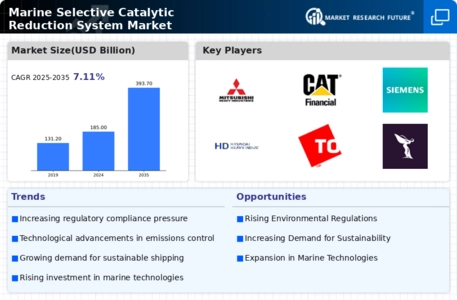

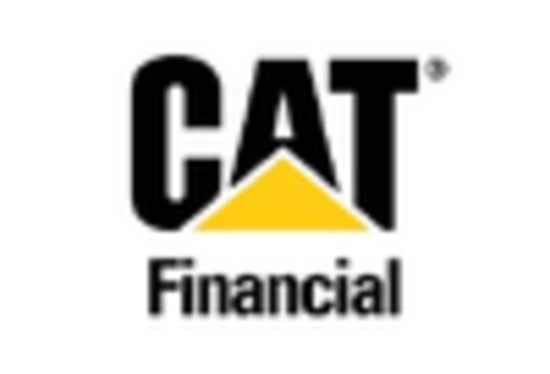
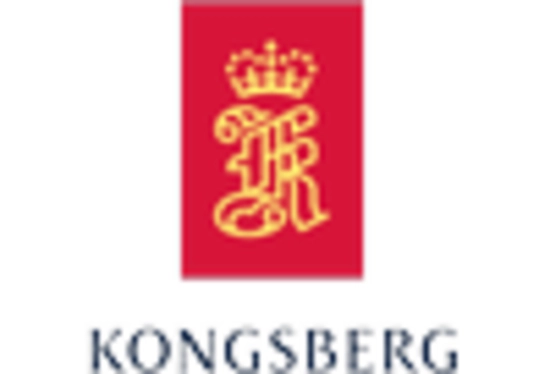
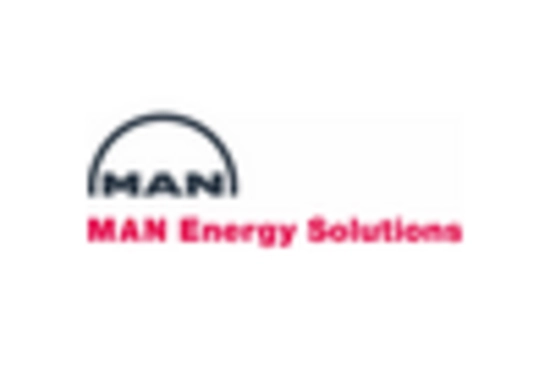
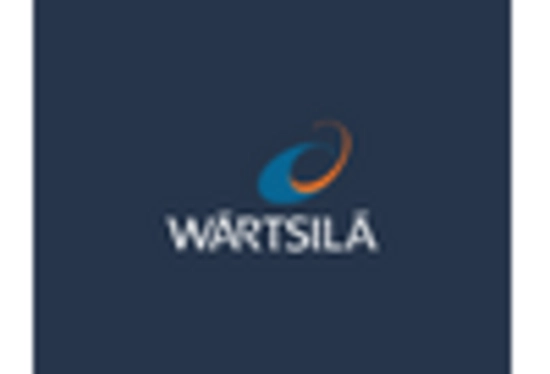
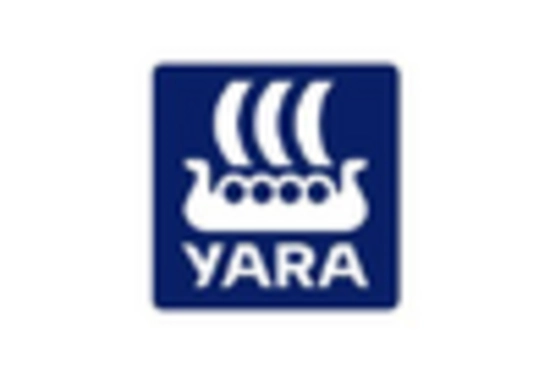








Leave a Comment